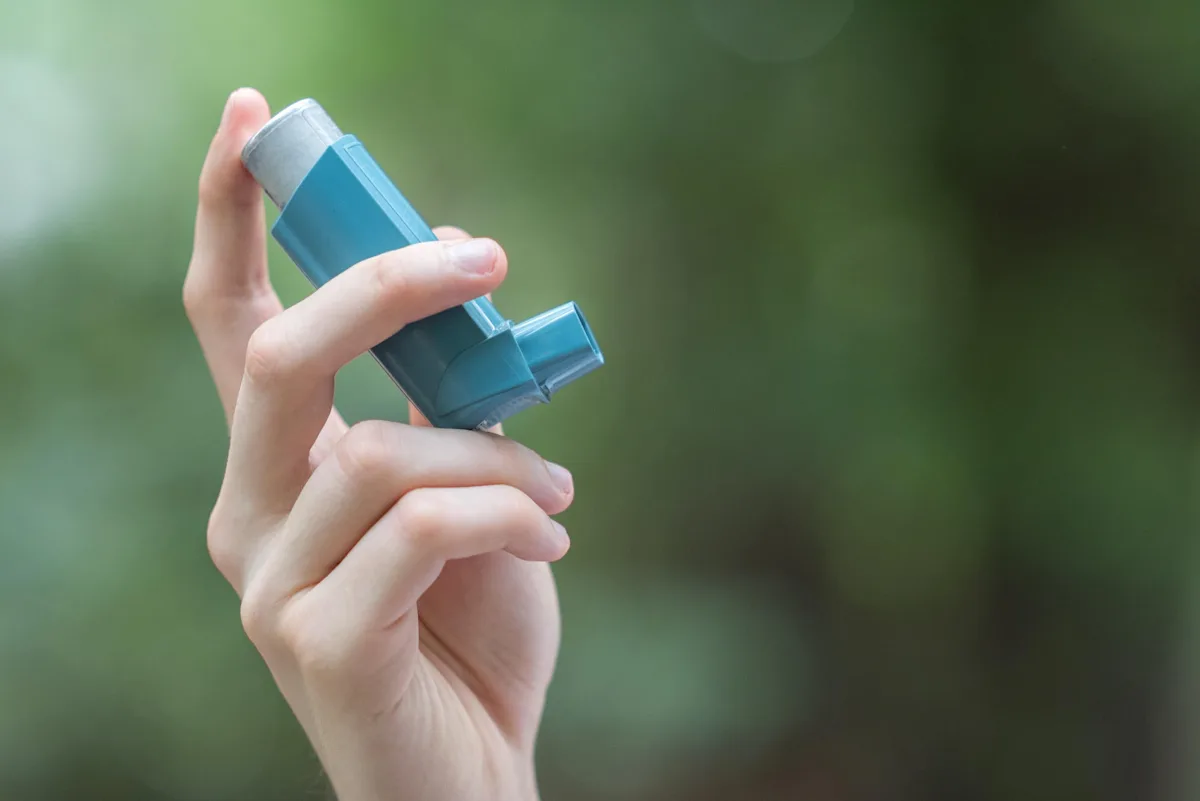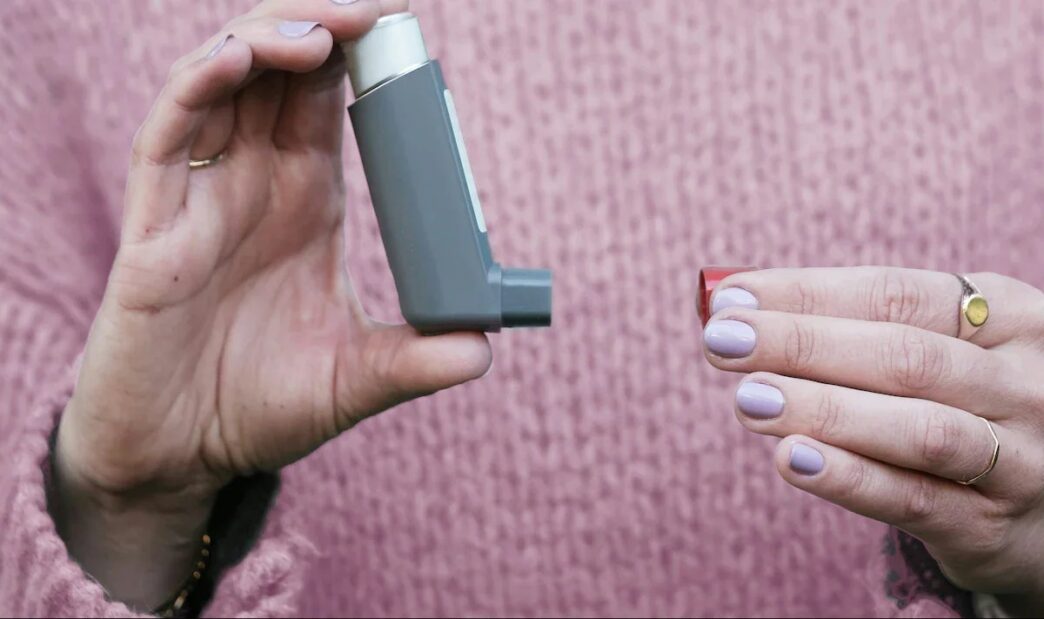A new study has revealed that common inhalers used to treat asthma and chronic obstructive pulmonary disease (COPD) are contributing significantly to climate change, producing emissions equivalent to more than 530,000 cars in the United States each year. The research, conducted by teams at the University of California, Los Angeles, and Harvard, analysed emissions from three types of inhalers used between 2014 and 2024 and published its findings in the Journal of the American Medical Association on Monday.
The study found that metered-dose inhalers, or “puffers,” were responsible for 98 percent of the 24.9 million metric tons of carbon dioxide equivalent generated over the decade. These inhalers rely on hydrofluoroalkane (HFA) propellants, potent greenhouse gases, to deliver medication. By contrast, dry powder and soft mist inhalers, which rely on a patient’s breath or fine sprays, release far fewer emissions and are environmentally preferable.

“Five hundred and thirty thousand cars on the road each year is a lot, and I think this is a really important topic because it’s fixable,” said lead author William Feldman, a pulmonologist and researcher at UCLA. He noted that only a small fraction of patients medically require metered-dose inhalers, such as very young children using spacers or frail older adults with weak lungs. The majority of patients could safely switch to lower-emission alternatives, as seen in countries like Sweden and Japan.
The study also highlighted barriers in the United States, where insurance coverage and market factors limit the uptake of greener inhalers. For example, dry-powder versions of commonly prescribed drugs like albuterol exist but are often not covered by insurance, making them more expensive. A related commentary in JAMA stressed that policymakers and insurers need to ensure low-emission inhalers are affordable and accessible, warning that high-priced new options could leave some patients behind.


 Trending
Trending 











